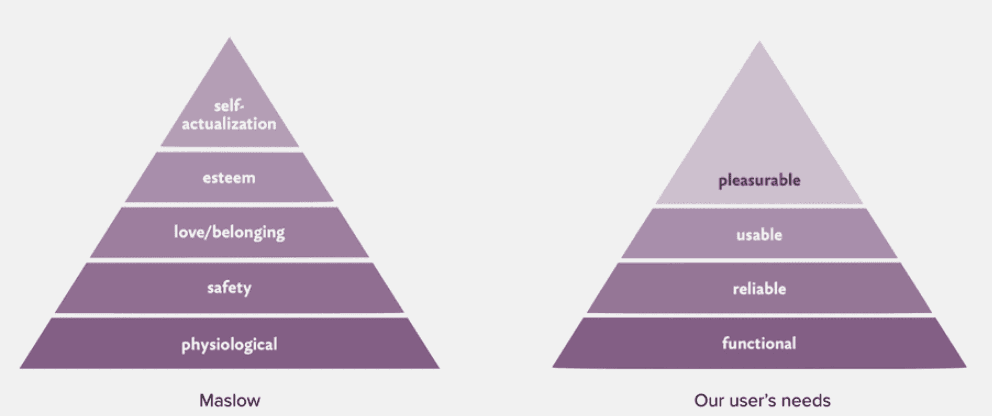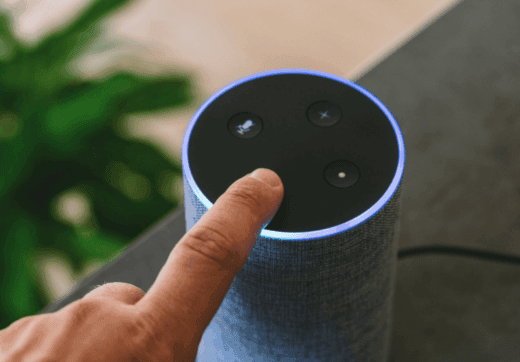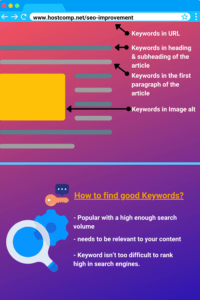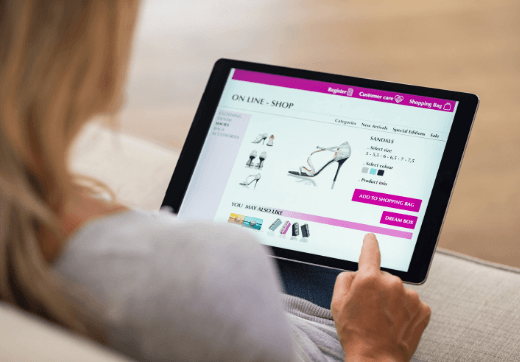Online Advertising is a great way to get visitors and leads. One types of advertising are pay-per-click marketing.
But what is Pay Per Click Advertising about? How does it work, and how to build a PPC Campaign?
What Is Pay Per Click PPC Advertising?
Pay Per Click (PPC) is a model of online marketing where advertisers pay a fee each time someone clicks on their ads. You buy a visit to your site.
One of the most popular forms of PPC is search engine advertising. It allows advertisers to bid for an ad placement in the search engine sponsored section when someone searches a keyword related to your business offering. For instance, if you bid on the keyword “Best shoes for men 2021,” your ad might show up on top of the Google search result page.
Every time your ad is clicked and someone visits your website. You have to pay the search engine a small fee. If you do PPC correctly, the fee is worth it when the visit has more value. So if you pay 2$ per click but get a lead and make a $250 sale, you make a huge profit and get a good ROI (Return on Investment).
You can use PPC to archive different campaign goals, including increasing sales, generating leads, promoting brand awareness, and more.
PPC is about relevance because users search for specific products, services, and information at any time. Therefore advisers can place targeted ads at the moment the search is occurring.
There are also other forms of advertising that aren’t Pay per click, for example, Cost per Mile (CPM), where you pay per thousand impressions, or Cost per Acquisition (CPA), where you pay when someone takes some type of action, or Cost per View (CPV) if you want to do video ads.
With the right targeting, fitting keyword, and appealing text and landing page, you can create successful advertising campaigns.
How to Build a Pay Per Click Campaign?
You need to build a PPC Campaign step by step to make sure you create an effective advertising campaign.
1. Have a Campaign Goal
Without a goal, you risk that your ad will be untargeted, inactive, and a waste of money. Consider how your PPC campaign will contribute to your ultimate business goals. Think about what you want to accomplish with your ads:
Brand awareness is how much knowledge your targeted audience about your company has. For this goal, it is a good idea to use display ads through, e.g., social media, so you can use visual graphics in your ad. You can measure brand awareness through surveys, social engagement, and site traffic.
Lead generation shows you the direct result of having a relevant and engaging landing page for your ad groups. You can easily track lead conversion on the Campaign platform via tracking pixel or if you set UTM parameters to track your URLs.
A promotion is a limited-time offer, product/service discount, or contest. Create a dedicated sign-up page or a unique discount code so you know where users come from your ad.
Sales can be measured by how much you sell your product or service based on your ad. You can track this through specific parameters and attributes or with Customer Management Software.
Site traffic is a good goal if you have high-quality content on your website. If you spend money to get visitors, you need to be confident that your site offers a great user experience, so users engage with your content and eventually convert to leads.
2. Select the form of advertising
When you know your campaign goals, you should consider where you want to advertise. There are many different platforms where you can create Pay Per Click campaign ads. To choose the right one, you need to take a close look at your potential ROI on each.
Of course, the most popular advertising platforms are effective because they are easy to use and offer high traffic potential. But for a smaller budget, you might consider lesser-known alternatives.
You should also consider the availability of keyword terms and where your targeted audience spends their time on, and your advertising budget.

Search Engine advertising is an easier method where you choose relevant keywords to bid on and then target an audience with your ad. The most used platforms are Google Ads and Bing Ads both platforms have its pro and cons in terms of user volume and how much money you are willing to spend.
For e-commerce sites, you can also use Google and Bing Shopping to directly integrate your product with images, prices, and short product descriptions.

Social Media Advertising gives a large audience you can reach it can be very effective and cost-efficient. The reason is that you can highly target your audience by selecting different demographics like age, location, interest, education, and much more. Some of the big ad platforms are Facebook and Instagram, Linkedin, Twitter Ads, and Pinterest.
With Native ad networks, your ad is displayed on other websites in between, on the side, or under content. Some big platforms are Revcontent, Outbrain, and Taboola.
If you need a more detailed explanation, you can visit for the different types of ads and for the advertising methods.
3. Do Keyword Research and select your targeted audience
Depending on what form of advertising you choose, you need to do keyword research. While it is similar to SEO keywords, you need to think about what is a popular search. A good ad keyword research tool is Semrush, where you can specifically look for paid keywords ( the search volume and the cost).
Look for up to 5 keywords per ad group that are extremely relevant to your ad landing page. Create separate ad groups with different keyword lists to see what is working and whatnot.
You don’t need to find the perfect keywords right but try to think about what people are searching for and what is grammatically correct. It is always possible to remove and add keywords to your ad groups.
On both Google and Bing, you can assign keywords to different match types. The most important match types are:
- Exact [Keyword] ad only appears for this keyword
- Exact (Close Variant) must be typed in exactly, but it includes misspellings and other variants
- Phrase “Keyword” type in the correct order, even with additional terms before or after the query. Shows ad terms like “for sale” automatically for the keyword.
- Phrase (Close Variant) must be typed in the correct order; it will include misspellings or variants of the keyword.
- Broad Keyword will potentially show ads for similar searches.
- Modified Broad Keyword + Keyword can be typed in without any order, but it needs the plus sign.
- Broad (Session-Based) Keyword is a form of broad match that takes into account other keywords from the user’s search sessions.
It is important to use the different signs [] “” + when adding your keywords.
If you want to do social media PPC ads, you should also know your targeted audience. So you can select the demographics like age, location, and interests.
4. Writing an ad copy
While the right keyword and targeting are important, it does not necessarily mean people click your ad. Users need to know what exactly they get when they click on your link.
For search ads, you need to write a clear and relevant headline, your URL, and a short description. Make sure you use your brand voice how you normally write on the website for your targeted audience. Also, provide a good Call to action, so the user knows what to do like (Visit for more, Buy now, Save now…)
Often you get the option to try different headlines and descriptions for ad groups. This is always a good idea so you know what text works best.
Also, try to match your ad language with your landing page copy.
5. Budget and Set up your campaign

Setting your budget and time is also important. It is a good idea to test different budgets and time zones. While some keywords can give you pay not much per click, e.g. ($0,30), others have a large competition and expensive niche, so you need to make higher bids, e.g. ($5,00).
There are different options for bidding if you want automatic bids or select what you are willing to pay for a click. An automatic bid can help you find the right cost per click, but it depends on your overall budget and clickthrough rate if it works.
Setting your own budget is more trial and error, where you go up or down with your bids, depending on how successful your campaign is. You can also set lower or higher bids if you want to target desktop users or mobile users.
It is also possible to schedule different times and days when you want to run your PPC ad campaign. Mostly you don’t need to set a specific time unless you want to target businesses on work time. Also, remember there are different time zones and languages if you target a specific location.
You can also add audiences if you want to target a specific user group.
If you write your ad copy with a URL, use fitting settings, and have different ad groups, check everything for grammatical errors and if your setting and budget are right, and then start your campaigns.
6. Tracking and adjusting
It is very important to closely track your ad campaigns on the platform. While it might take a day or week to get results, try to see what works and whatnot. Make adjustments in text, keywords, bids, budget, and audiences if necessary.
Use A/B testing for your ad campaigns and landing pages to find out where you get the most visits and conversions. Check your campaign goals and tracking meters in Google Analytics and other platforms to know how your PPC campaign is doing. If you need to adjust it, stop it or try another advertising method.









 A marketplace is simply a website where products are offered that come from all types of sellers. The variety of selections is exactly what attracts customers, similar to a shopping mall in real life.
A marketplace is simply a website where products are offered that come from all types of sellers. The variety of selections is exactly what attracts customers, similar to a shopping mall in real life.


 owadays, many people will make a purchase decision because of a specific influencer.
owadays, many people will make a purchase decision because of a specific influencer.

